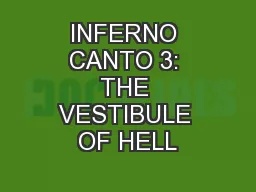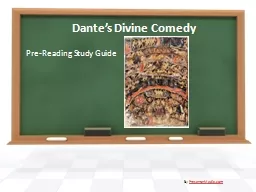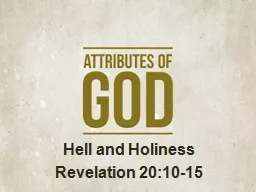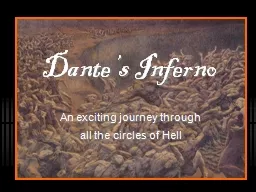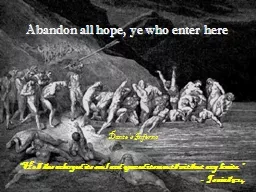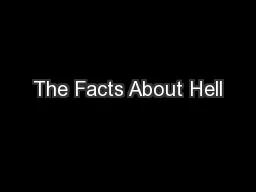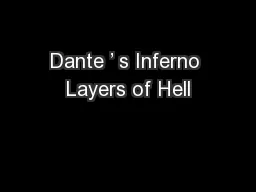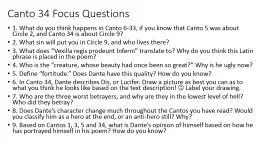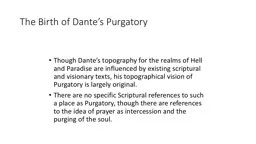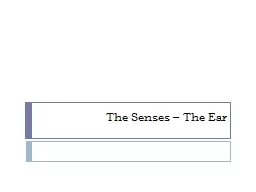PPT-INFERNO CANTO 3: THE VESTIBULE OF HELL
Author : lois-ondreau | Published Date : 2018-09-23
The Opportunists Neither for good nor evil but only for themselves Uncommitted one way or another never chose sides in Rebellion of Angels Reside on shores of Acheron
Presentation Embed Code
Download Presentation
Download Presentation The PPT/PDF document "INFERNO CANTO 3: THE VESTIBULE OF HELL" is the property of its rightful owner. Permission is granted to download and print the materials on this website for personal, non-commercial use only, and to display it on your personal computer provided you do not modify the materials and that you retain all copyright notices contained in the materials. By downloading content from our website, you accept the terms of this agreement.
INFERNO CANTO 3: THE VESTIBULE OF HELL: Transcript
Download Rules Of Document
"INFERNO CANTO 3: THE VESTIBULE OF HELL"The content belongs to its owner. You may download and print it for personal use, without modification, and keep all copyright notices. By downloading, you agree to these terms.
Related Documents

